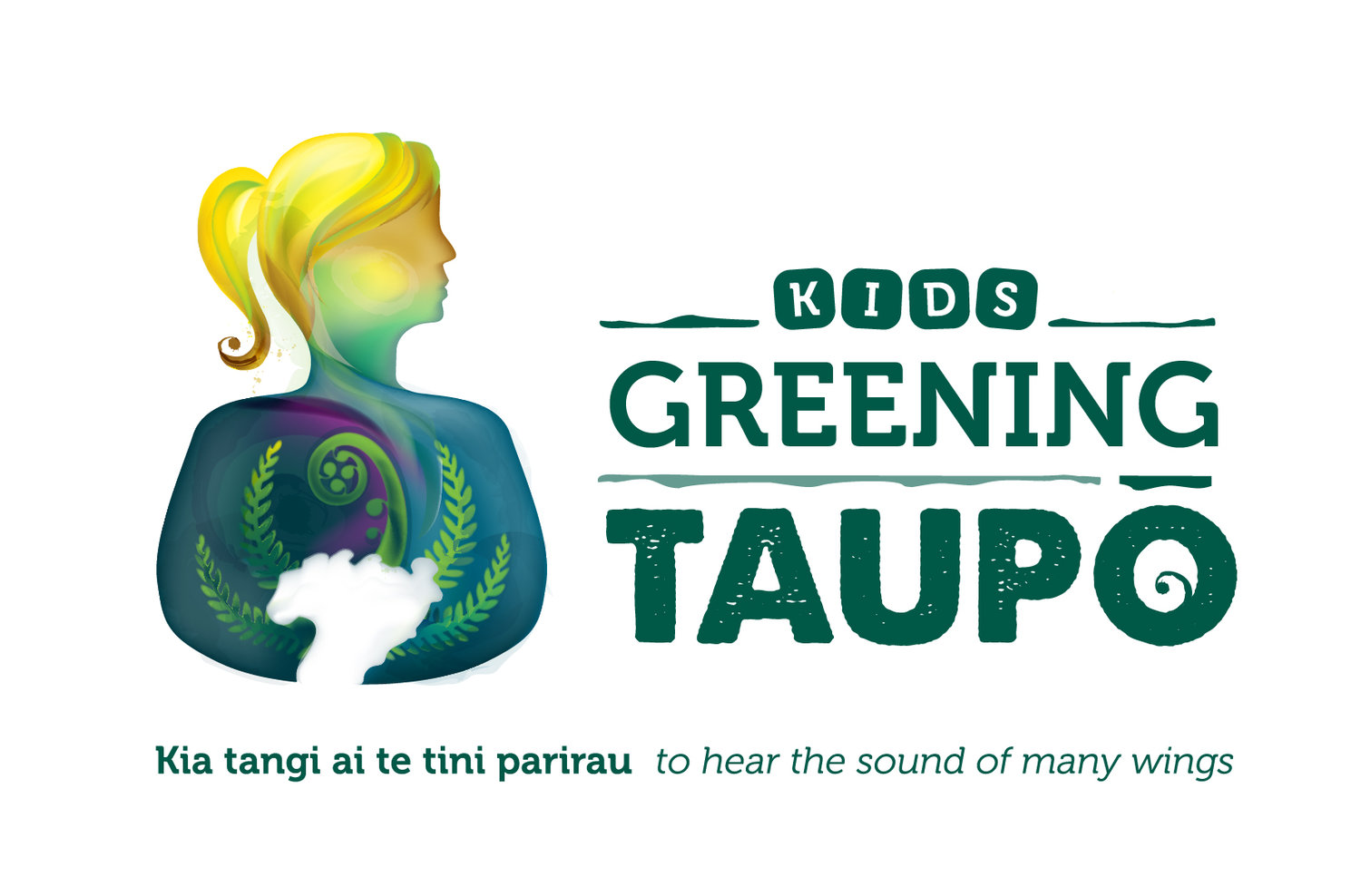Learn about and Restore a Repo (Wetland)
Repo, or wetlands, are sometimes thought of as ‘swamps’ or ‘bogs,’ words which have negative connotations (sound bad). They don’t sound as exciting or special as forests and beaches. However, wetlands are incredibly important and luckily more people are now beginning to realise their value to our biodiversity and ecosystems. Wetlands cleanse water as it runs from land to rivers/lakes/sea, they slow water down and help to prevent flooding, they sequester carbon from the atmosphere, they have cultural significance, and they are an important habitat for many of our unique native species. Wow! They do a lot!
“Many wetland plants have specific environmental needs and are extremely vulnerable to change. Some of our endangered plant species depend totally on wetlands.
Wetlands support great concentrations of bird life and far more species than a similar forest area. The survival of threatened species such as the Australasian bittern, brown teal, fernbird, marsh crake and white heron relies on remnant wetlands.
Native fish need wetlands too. Eight of New Zealand's 27 species including inanga, short-finned eels, kōkopu and bullies are found in wetlands, while the whitebait fishery depends on the spawning habitat offered by freshwater wetlands. The decline in native fish populations is directly related to massive reductions in freshwater habitat.” (Department of Conservation)
“Repo have cultural, spiritual, historic, and economic value to tangata whenua (indigenous people). Despite this, more than 90% of repo throughout Aotearoa have been destroyed… and remaining repo are under threat from land modification and other human activities.” (Te reo o te repo - The voice of the wetland: connections, understandings and learnings for the restoration of our wetlands / Manaaki Whenua)
This is a great sheet to fill in when talking to tamariki about wetlands/repo. Click on the picture to download the pdf to print.
Check out this awesome short video clip that shows how you can restore a wetland by growing harakeke from seed
Learn about some of the special species that live in our wetlands
KCC Wild Things Magazine- Wetlands
Forest and Bird put out an awesome magazine for tamariki called ‘KCC Wild Things’ you can subscribe to it individually, or even get a class subscription for all of your students! The magazine below is all about wetlands and is packed with fantastic activities. Click on the image to view the whole magazine digitally, or click on the activities shown here to go to the KCC webpage for more information, or to download them.
Bay of Plenty Regional Council Pollution Busters Wetland Magazine
This awesome magazine is packed full of wetland activities. You can download the whole magazine here.
It has information about what wetlands do, types of wetlands, how wetlands are used by people, wetlands and Māori, floating wetlands and more!
Other Activities:
Do some colouring in and learn about ecosystems using this great resource from Matuku Link
Make a Wetland in a Pan using this great resource from Matuku Link
Learn about Wetland Plants and their adaptations with this great resource from Matuku Link
Learn about Wetland Animals with this great resource from Matuku Link
Do a simple Stream Assessment with this great resource from Matuku Link
Do a Wetland Scavenger Hunt with this great resource from Matuku Link
Have a class debate about the importance of wetlands/repo. Are they just ‘swamps that should be drained’?
Research the importance of repo to different groups of people. Do all these people value repo? Do they all think that they should be restored?
Research the animals that rely on repo to survive: birds, invertebrates (bugs), fish, reptiles.
Choose a wetland animal and write a speech or story from the perspective of that animal about why we should restore wetlands.
Write a play set in a wetland and each character can be a different species that lives in the wetland. What does each character have to say about why wetlands are important to them?
Make a poster to convince others that we need to restore wetlands.
Find a local wetland and see if you can work to restore it. You might have a local community group already doing this work that you can support.
Grow harakeke from seed and plant them into a local wetland (ensure you get permission from the land owner!)
Visit a local wetland and see how many different species you can spot living there. Make a tally chart and then graph your information. You could organise a bioblitz like the one in the video below!
Do a hands on experiment to show how wetlands work. You can find one in this resource, or try one of the ones in the videos below.
An easy way to build a model wetland and see how it filters water
This is not a NZ video, but it does explain well why wetlands are important and how they filter water.
Other Resources for Teachers:
Matuku Link has lots of fantastic printable resources for kids
Wetland Magazine from BOP Regional Council here
DOC have awesome simple information about the importance of wetlands/repo
Science Learning Hub has great information about wetland species (zones and adaptations) and about traditional usage of repo by Māori (including rongoa plants found in repo).Check out this great handbook for repo restoration from Manaaki Whenua
This is another fantastic resource from Manaaki Whenua- Te Reo o Te Repo – the Voice of the Wetland, an online wetland handbook sharing cultural values, created collaboratively between the Waikato Raupatu River Trust and Manaaki Whenua-Landcare Research
Wetlands of Westland teacher resource with curriculum links and activities from Fish and Game NZ. Other teacher resources from Fish and Game New Zealand. Teaching unit from Taranaki Regional Council aimed at Levels 3-4.
Wetlands Educational Resources from Fish and Game NZ. These include quizzes, information about duck species, a wordfind, and a very cool practical experiment.
Wetland taonga poster from Manaaki Whenua that includes native plant and animal species, and introduced pest plant and animal species.







